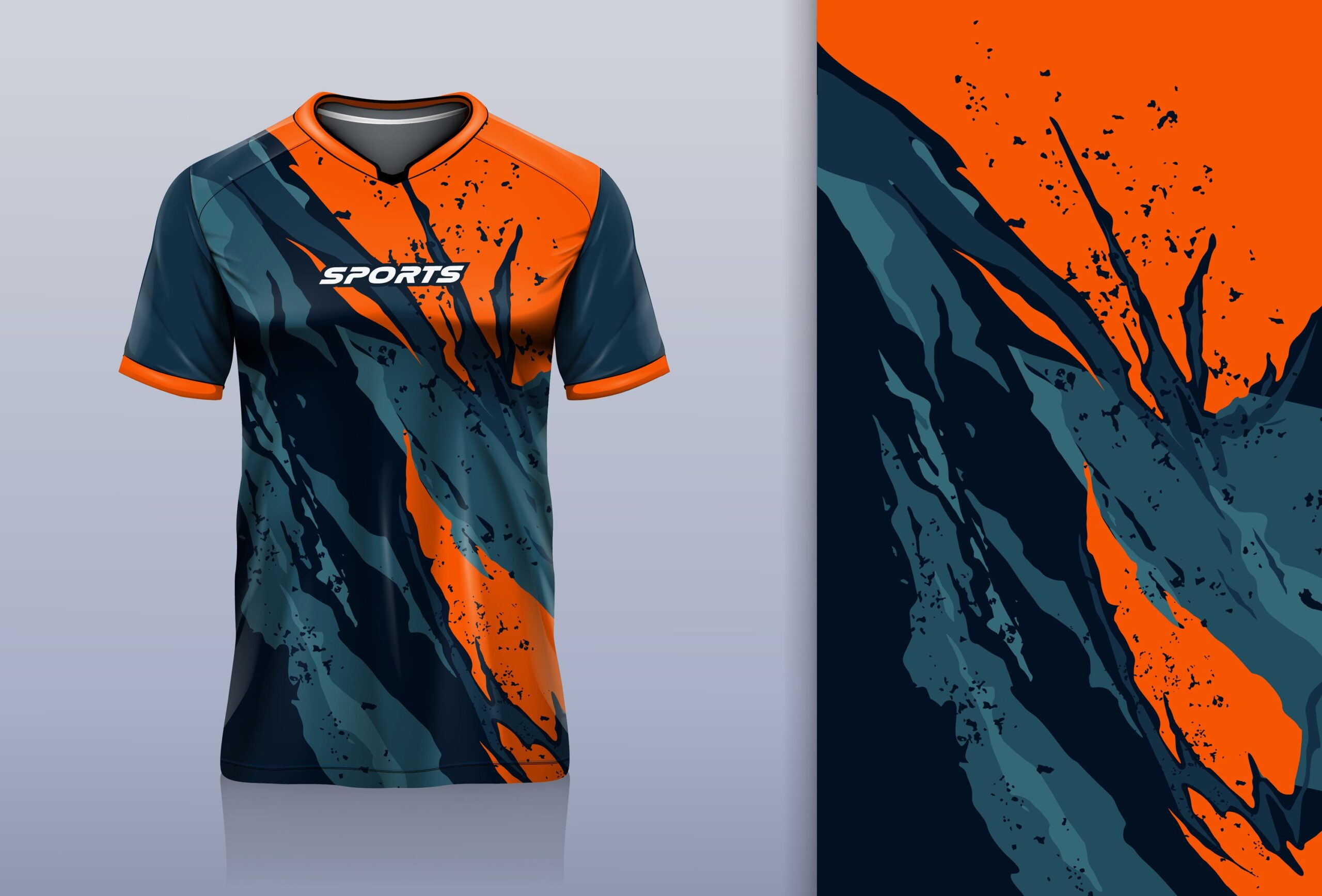In recent years, the sportswear industry has seen a significant shift towards sustainability, and soccer clothing is at the forefront of this movement. As environmental awareness grows among athletes and fans alike, eco-friendly soccer clothing designs are becoming increasingly popular. These designs not only aim to reduce the environmental impact of production but also to promote a culture of sustainability within the sport. This article explores the rise of eco-friendly soccer clothing, the materials and technologies used, and the benefits for both players and the planet.
The Rise of Eco-Friendly Soccer Clothing
The demand for eco-friendly products is not new, but its integration into the sportswear industry is gaining momentum. Soccer, being one of the most popular sports globally, plays a crucial role in setting trends and influencing other sectors. Major sportswear brands and independent designers are now focusing on creating soccer clothing that minimizes environmental harm without compromising on performance and style.
Sustainable Materials in Soccer Clothing
One of the key aspects of eco-friendly soccer clothing is the use of sustainable materials. Traditional sportswear often relies on synthetic fibers like polyester, which are derived from petroleum and contribute to plastic pollution. In contrast, eco-friendly designs utilize materials such as:
- Recycled Polyester: Made from post-consumer plastic bottles, recycled polyester reduces waste and the need for virgin petroleum. This material offers the same durability and moisture-wicking properties as conventional polyester.
- Organic Cotton: Grown without harmful pesticides and chemicals, organic cotton is a renewable resource that is gentle on the environment and the skin.
- Bamboo Fiber: Known for its softness and breathability, bamboo fiber is a rapidly renewable resource that requires minimal water and no pesticides to grow.
- Hemp: A durable and naturally resistant material, hemp is both sustainable and versatile, making it ideal for various types of sportswear.
Innovative Technologies and Processes
Eco-friendly soccer clothing designs also incorporate innovative technologies and manufacturing processes that further enhance sustainability. These include:
- Waterless Dyeing: Traditional dyeing processes consume vast amounts of water and generate toxic wastewater. Waterless dyeing technologies use supercritical carbon dioxide instead of water, significantly reducing water usage and pollution.
- Biodegradable Materials: Some brands are experimenting with biodegradable materials that break down naturally after the garment’s life cycle, reducing long-term environmental impact.
- Circular Economy Practices: Embracing a circular economy model, where products are designed for reuse and recycling, helps in reducing waste. Brands encourage consumers to return worn-out clothing, which is then repurposed or recycled into new products.
Benefits of Eco-Friendly Soccer Clothing
The shift to eco-friendly soccer clothing offers numerous benefits:
- Environmental Impact: Reducing reliance on non-renewable resources and minimizing waste helps in combating climate change and preserving ecosystems.
- Health and Comfort: Sustainable materials often lack the harmful chemicals found in conventional fabrics, making them safer for both wearers and workers involved in the production process.
- Brand Loyalty and Image: As consumers become more environmentally conscious, brands that prioritize sustainability can enhance their reputation and attract a loyal customer base.
- Performance: Advances in sustainable materials and technologies ensure that eco-friendly soccer clothing meets the high performance standards required by athletes, offering comfort, durability, and style.
Leading Brands and Initiatives
Several leading brands have embraced eco-friendly soccer clothing designs. For instance, Adidas has launched kits made from recycled ocean plastic in collaboration with Parley for the Oceans. Nike’s “Move to Zero” campaign aims to achieve zero carbon and zero waste, featuring products made from recycled materials. Smaller companies and start-ups are also making significant contributions, often pushing the boundaries of innovation in sustainable sportswear.
Conclusion
Eco-friendly soccer clothing designs are more than just a trend; they represent a necessary evolution in the sportswear industry. By adopting sustainable materials, technologies, and practices, the soccer community can significantly reduce its environmental footprint. As awareness and demand for sustainable products continue to grow, the future of soccer clothing looks greener and more innovative than ever. Embracing these changes not only benefits the planet but also sets a positive example for other sports and industries to follow.

